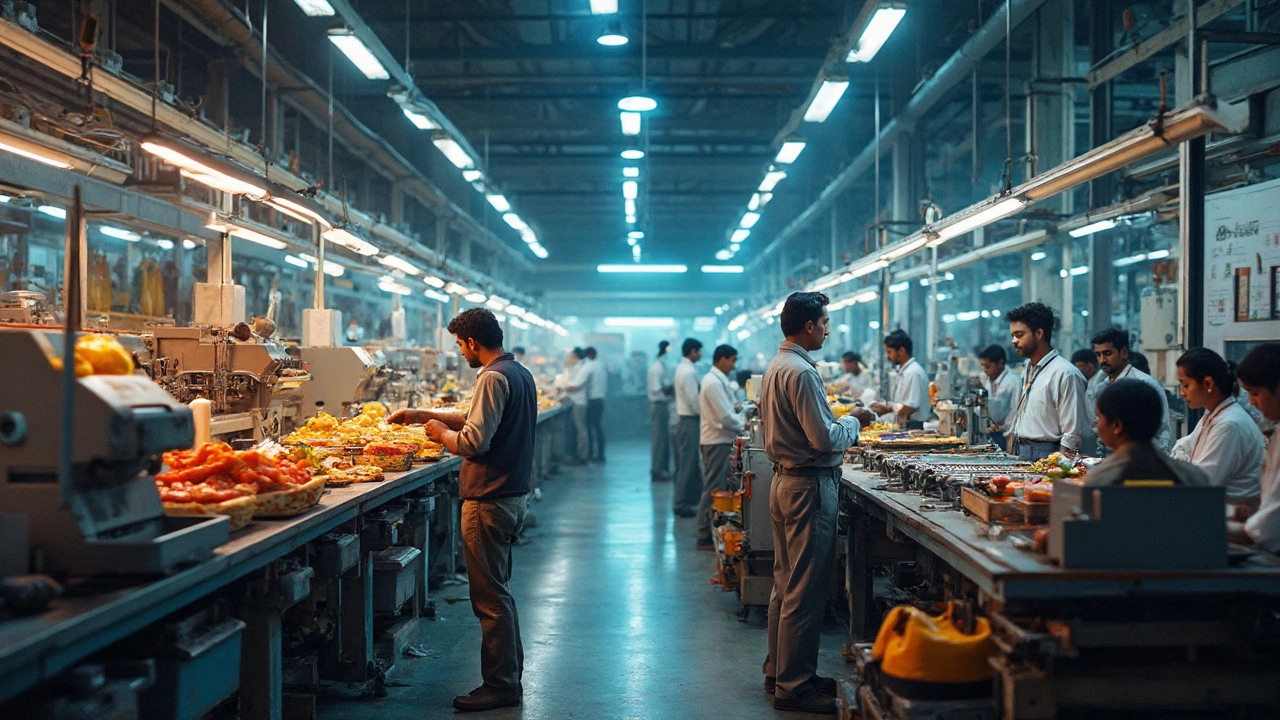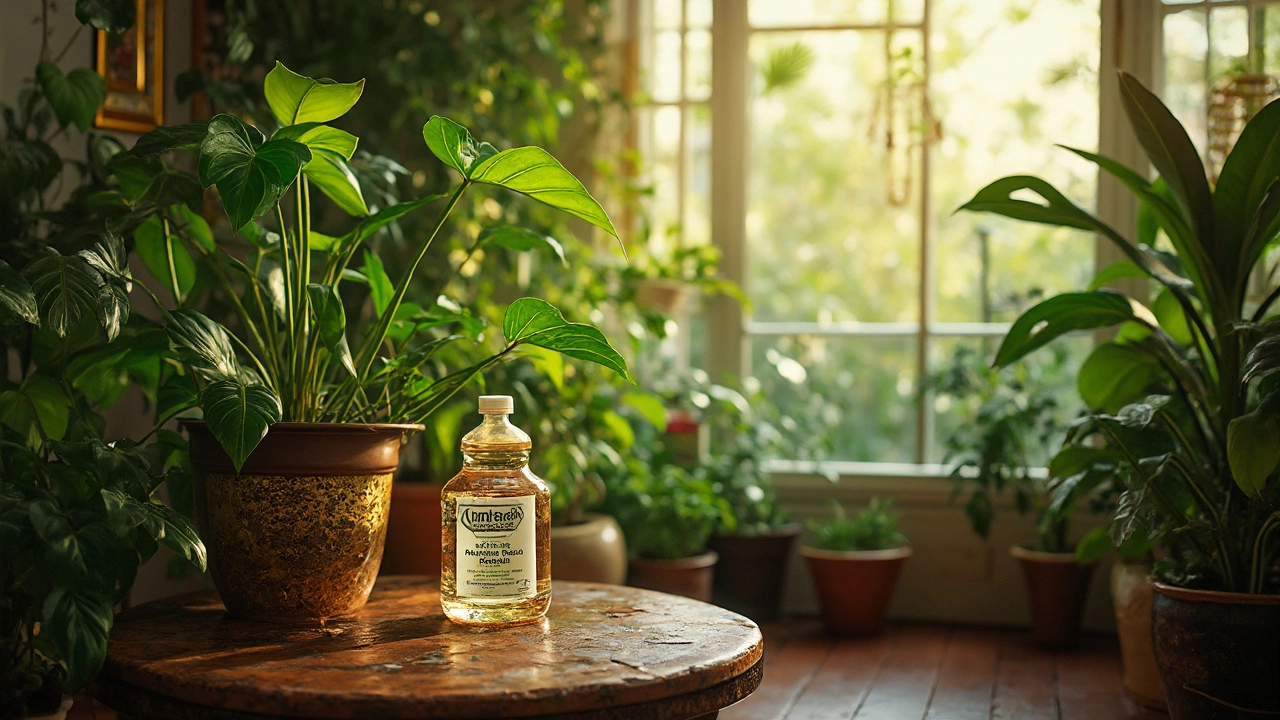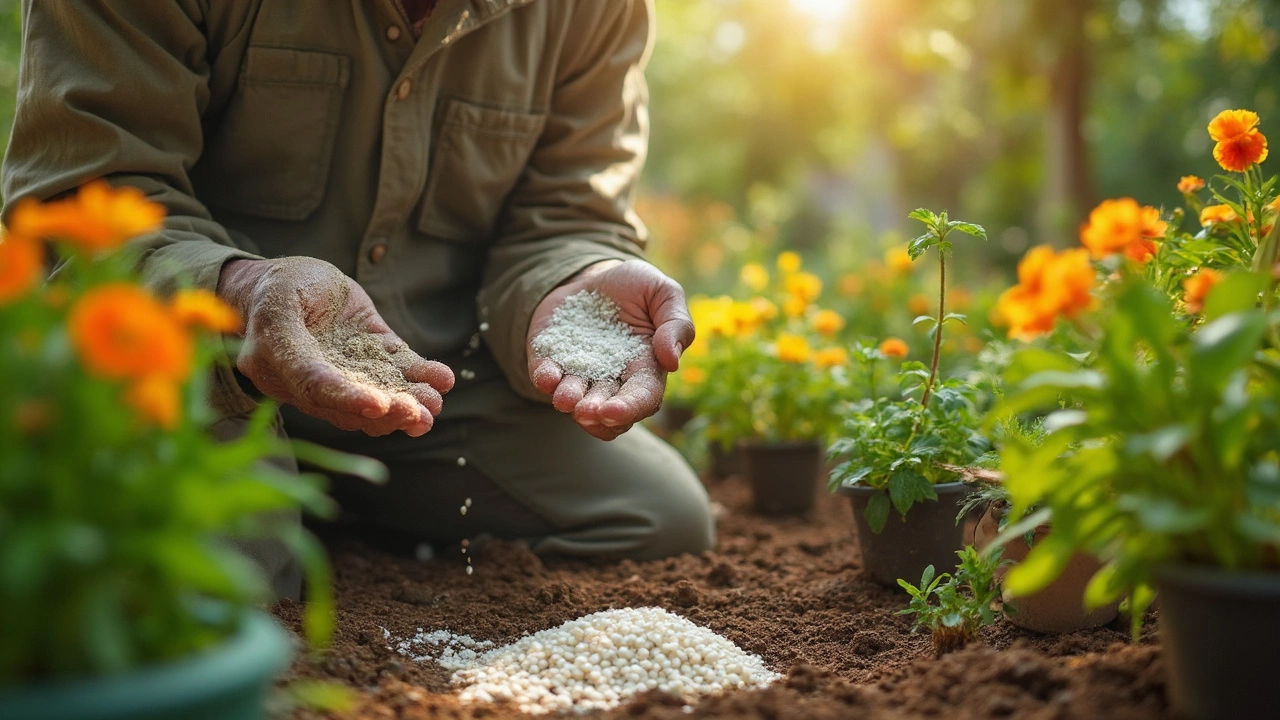Plastic Manufacturing: Which Industry Uses the Most?
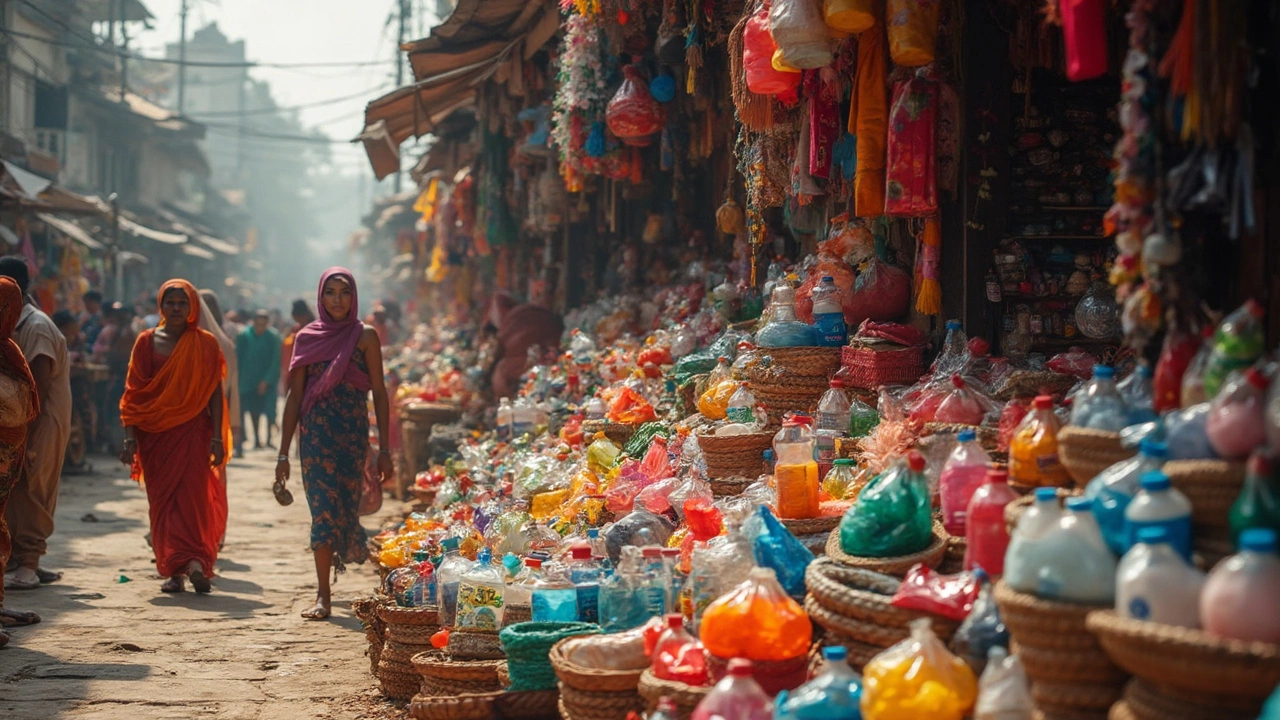
Ever look around and notice just how much plastic wraps up your life? It's everywhere—snacks, gadgets, cars, even your clothing. But here’s the wild part: the single biggest chunk of plastic goes into something you probably use for only a few minutes—packaging.
Packaging makes up nearly 40% of all plastic produced worldwide. That bag your chips came in, the bottle of water you grabbed at the gas station, the bubble wrap from your latest online splurge—it's all part of a massive plastic wave. The main reason? Most companies love plastic because it’s cheap, light, and keeps products safe and fresh. But that also means most of this plastic has a crazy short life before it hits the trash.
If you thought the automobile industry or electronics were winning at plastic consumption, they're not even close. You’d be amazed to learn how construction and even textiles silently churn through plastic too—think pipes, insulation, and all those stretchy clothes.
- The Giant: Packaging Industry's Plastic Habit
- Automotive and Electronics: More Than Meets the Eye
- Construction and Textile Sectors: Plastics in Disguise
- Tips to Spot Plastic Use and Trends
The Giant: Packaging Industry's Plastic Habit
If you're talking about who uses the most plastic on earth, it's hands-down the plastic industry focused on packaging. Nearly every product you grab at a store has a plastic story behind it. Plastic is everywhere because it does the job—it’s cheap, strong for its weight, and keeps things fresh. Packaging companies know this, and that’s why they use it by the megaton.
Want proof? Around 146 million metric tons of plastic were used just for packaging in 2023. That's enough plastic to fill more than 50,000 Olympic swimming pools every year. Food packaging takes the lion's share since everyone needs to eat, and nobody wants their chips or tomatoes rolling loose on a shelf. Drinks, home products, cosmetics—all these rely on plastic wraps, bottles, and seals.
| Segment | Plastic Usage 2023 (Million Metric Tons) |
|---|---|
| Food Packaging | 85 |
| Beverage Bottles | 18 |
| Household Goods | 15 |
| Other Packaging (personal care, healthcare, etc.) | 28 |
What makes this even trickier is that a lot of this plastic has a really short life. You unwrap your new gadget, finish your smoothie, or toss out the frozen pizza box, and most of these plastics go straight in the bin—often within weeks, sometimes even minutes.
Here’s the kicker: Recycling rates for packaging plastic stay low (under 15% worldwide), so most ends up in landfills or the environment. Even big brands that talk up recycling often still use single-use plastic for convenience and cost reasons.
- Look for “recyclable” or “compostable” logos on packages if you want to help reduce waste.
- When possible, go for brands that use less packaging or offer refills.
- Check local recycling rules—sometimes what you think is recyclable just ends up in landfill.
Automotive and Electronics: More Than Meets the Eye
If you pop the hood or check out the guts of your car or that new phone, you'll find plastic pretty much everywhere. It’s not just about dashboards and covers—car makers and electronics giants are swapping out metal parts for plastic to save weight, boost fuel efficiency, and keep costs down.
Here's a reality check: the average car today uses about 150 kilograms (over 330 pounds) of plastic. From bumper to bumper, these parts include:
- Dashboards and door panels
- Seats and internal trims
- Fluid containers
- Even parts inside the engine like housings and gears
Why so much plastic? It lightens cars, which means less fuel burned, and it cuts manufacturing costs. It also makes cars safer—crumple zones in bumpers made from polypropene take more impact than some metals. According to a fact sheet from PlasticsEurope, "Up to 50% of the volume of modern automobiles is made from plastic, but it only accounts for 10% of the weight."
Check out how the plastic industry stacks up in numbers when it comes to cars and gadgets:
| Industry | Plastic Usage per Product | Key Plastic Types |
|---|---|---|
| Automotive | 150 kg per car | Polypropylene, Polyurethane, PVC |
| Consumer Electronics | 20-30% of product weight | ABS, Polycarbonate |
Electronics are another big player. Every phone, laptop, TV remote—basically anything with a circuit—relies on different plastics. They're not just for cases, but for circuit boards, insulation, and connectors. You probably don’t notice, but your phone case and even the buttons are carefully chosen plastics blended for strength or flexibility.
Here's a tip: if you want to spot the heavy plastic users in electronics, check the recycling label or look up tear-down guides online. You’ll see exactly how different plastics fit together in gadgets, some designed for easy recycling, others—not so much.
"Consumer electronics and automotive sectors have become dependent on plastics for cost-saving, safety, and innovation," says Dr. Anne Keller, senior analyst at the global consultancy ICIS.
Automakers and electronics companies are always on the lookout for better, lighter materials. As new tech arrives, expect even more creative uses of plastic—and more pressure to recycle it after we're done.
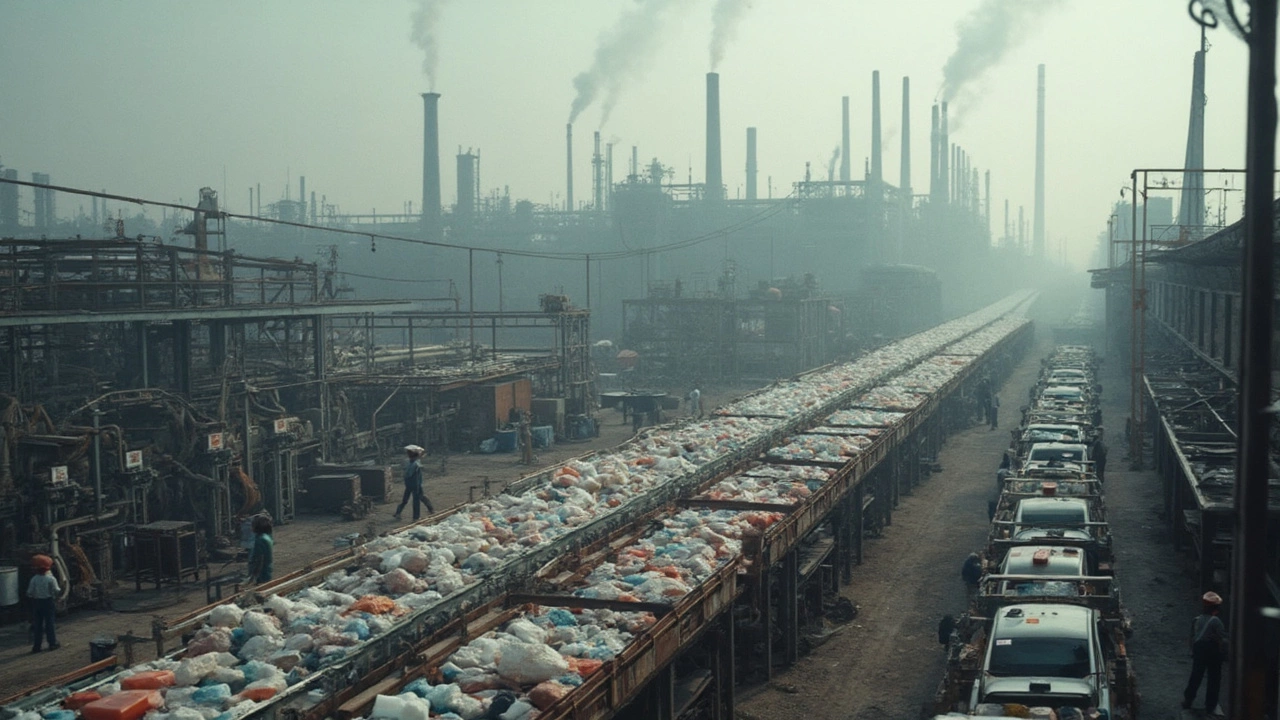
Construction and Textile Sectors: Plastics in Disguise
Most people don’t realize just how much plastic hides in plain sight in our buildings and clothes. The construction industry isn’t just about steel and concrete. Plastics are everywhere—from the pipes that bring water into your house to the insulation that keeps it warm. In fact, about 20% of all global plastic production ends up in construction.
Let’s make it specific:
- PVC (polyvinyl chloride) pipes are the go-to for plumbing because they're tough and don't rust.
- Plastic films protect floors and windows during builds and renovations—they're cheap and disposable.
- Insulation? Yep, often made from expanded polystyrene or polyurethane, both plastics.
- Even window frames and roofing tiles are now sometimes plastic, because they're light and need less maintenance than wood or metal.
Textile manufacturers have their own plastic story. Polyester, nylon, and acrylic are all plastics, and they dominate closets everywhere. Polyester alone makes up about 52% of all fiber production worldwide. That means for every two pieces of clothing you own, there’s a good chance at least one is synthetic.
| Industry use | Main Plastics Used | % of Global Plastic Consumption |
|---|---|---|
| Construction | PVC, Polystyrene, Polyurethane | ~20% |
| Textiles | Polyester, Nylon, Acrylic | ~15% |
The bottom line? When you think of the plastic industry, it’s not just about bags, bottles, or packaging. Construction and textiles quietly soak up a huge share of global plastic and keep demand strong.
Tips to Spot Plastic Use and Trends
Figuring out where all the plastic lands isn’t rocket science, but there are some tricks worth knowing. For anyone curious about plastic industry usage or just wanting to change their shopping habits, here’s how to spot plastic trends and their real impact.
First, packaging is the top reason companies crank out so much plastic. According to the PlasticsEurope report, in 2023, packaging accounted for around 39% of plastic demand worldwide, more than any other category by far. If you look at grocery stores, nearly everything from produce to snacks to household cleaners sits in some kind of plastic wrap or bottle.
- Check labels: Packaging often lists the resin identification code (those little recycling triangles with numbers 1–7), which tells you what kind of plastic is used. #1 (PET) and #2 (HDPE) are the most common in food and drink bottles.
- Watch for change: Trends like eco-friendly or compostable packaging aren’t just marketing puff. Companies know consumers notice plastic, so if something’s suddenly packed in paper or labeled “biodegradable,” pay attention—the industry’s responding to demand.
- Follow the data: Reports from global agencies, like the International Energy Agency or market research firms, regularly break down which sectors use plastic the most and how those numbers are changing. Spikes in sales of packaged foods or e-commerce usually mean plastic use is also on the rise.
- Track the bans: When countries ban single-use plastics or require companies to recycle, that shakes up the whole market. For example, the EU’s ban on certain single-use plastics in 2021 pushed companies to rethink packaging overnight.
If you want the raw numbers at a glance, here’s a table showing 2023 global plastic use by sector:
| Industry Sector | Share of Global Plastic Use (%) |
|---|---|
| Packaging | 39 |
| Construction | 19 |
| Textiles | 15 |
| Consumer Goods | 12 |
| Automotive | 8 |
| Electronics | 5 |
| Others | 2 |
If you’re a business keeping an eye on trends, watch how often competitors redesign their packaging or swap materials. That’s usually a sign they’re aiming to cut costs or meet new rules. If you’re a regular shopper, keep an eye on refillable, minimalist, or recyclable options—they’re usually not just better for the planet, but a clue to bigger shifts in the market. Stay updated, because these trends move fast as regulations and consumer tastes change.


